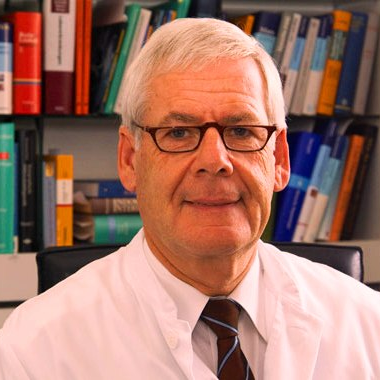Toxic Liver Injury: Molecular, Mechanistic, and Medical Challenges 2.0
A special issue of International Journal of Molecular Sciences (ISSN 1422-0067). This special issue belongs to the section "Molecular Endocrinology and Metabolism".
Deadline for manuscript submissions: closed (30 November 2022) | Viewed by 22040
Special Issue Editor
Interests: Heavy metals; Heavy metal uptake; Heavy metal disposition, Heavy metal homeostasis; Haber Weiss reaction; Fenton reaction; Benefits and risks for human health; Environmental pollution
Special Issues, Collections and Topics in MDPI journals
Special Issue Information
Dear Colleagues,
Liver injury by potentially toxic exogenous and endogenous compounds presents major molecular, mechanistic, and medical challenges. Among the hepatotoxic exogenous compounds are conventional drugs, herbal drugs including various traditional herbal products and so-called herbal supplements lacking supplementary features in patients with a normal balanced diet, alcoholic beverages, industrial chemicals such as aliphatic halogenated hydrocarbons (e.g., carbon tetrachloride), environmental chemicals such as heavy metals, nature-based products, and compounds ingested with some fungi. Liver injury caused by endogenous hepatotoxic compounds is the main focus of this special issue. Endogenous hepatotoxic compounds are found in individuals suffering from hereditary diseases such as hemochromatosis caused by iron overload, Wilson disease due to copper overload, Gaucher disease caused by the accumulation of glucocerebroside, hepatic porphyria due to metabolic problems of heme synthesis, and a vast range of other hereditary diseases. Finally, much interest has focused more recently on molecular, mechanistic, and clinical aspects in overweight patients with nonalcoholic fatty liver disease and progression to nonalcoholic steatonecrosis (NASH) and nonalcoholic liver cirrhosis, including rare hepatocellular carcinoma.
We welcome submissions to the International Journal of Molecular Sciences (IF 5.923) which focus on molecular, mechanistic, and medical challenges; purely clinical papers are discouraged.
Prof. Dr. Rolf Teschke
Guest Editor
Manuscript Submission Information
Manuscripts should be submitted online at www.mdpi.com by registering and logging in to this website. Once you are registered, click here to go to the submission form. Manuscripts can be submitted until the deadline. All submissions that pass pre-check are peer-reviewed. Accepted papers will be published continuously in the journal (as soon as accepted) and will be listed together on the special issue website. Research articles, review articles as well as short communications are invited. For planned papers, a title and short abstract (about 100 words) can be sent to the Editorial Office for announcement on this website.
Submitted manuscripts should not have been published previously, nor be under consideration for publication elsewhere (except conference proceedings papers). All manuscripts are thoroughly refereed through a single-blind peer-review process. A guide for authors and other relevant information for submission of manuscripts is available on the Instructions for Authors page. International Journal of Molecular Sciences is an international peer-reviewed open access semimonthly journal published by MDPI.
Please visit the Instructions for Authors page before submitting a manuscript. There is an Article Processing Charge (APC) for publication in this open access journal. For details about the APC please see here. Submitted papers should be well formatted and use good English. Authors may use MDPI's English editing service prior to publication or during author revisions.
Keywords
- Liver injury
- molecular
- nonalcoholic fatty liver disease
- nonalcoholic steatonecrosis
- nonalcoholic liver cirrhosis
- hepatocellular carcinoma






